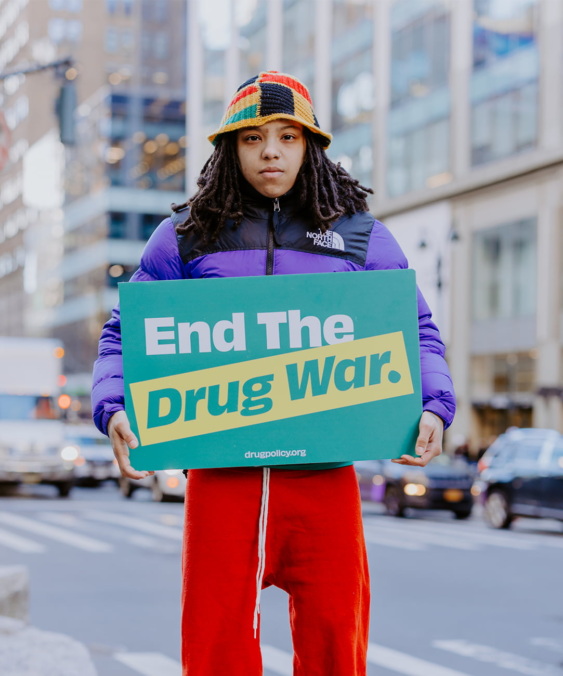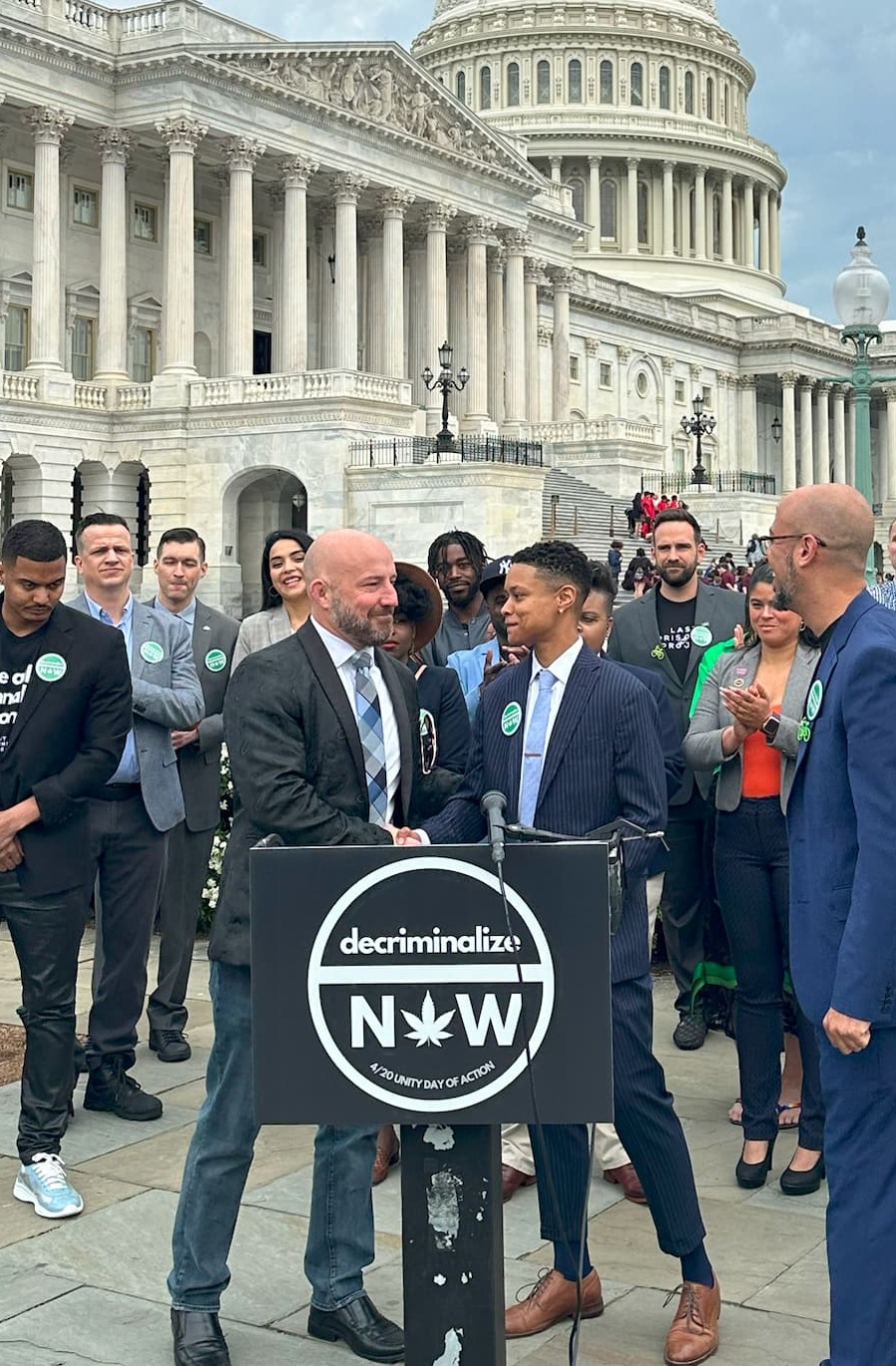
Contact:
Matt Sutton 212-613-8026
msutton@drugpolicy.org
Washington, D.C. – Today, following the CDC’s latest provisional overdose counts—showing the that over 100,000 people in the U.S. died of overdose in the 12 months ending April 2020—the Drug Policy Alliance (DPA), National Harm Reduction Coalition, People’s Action and VOCAL-NY led a coalition of 240 civil rights, drug policy, criminal justice reform, public health and faith-based organizations in urging members of Congress to pass legislation that will prioritize the evidence-based public health approaches we need to tackle the overdose crisis. These include critical harm reduction funding, the MAT Act, the STOP Fentanyl Act and Medicaid Reentry.
“With over 100,000 people dying of overdose in the U.S. during the first year of the pandemic, passing these critical pieces of legislation is not only more urgent than ever before—it’s literally a matter of life and death for so many people,” said Maritza Perez, Director of the Office of National Affairs at the Drug Policy Alliance. “We are far past the point of waiting for a politically convenient time to take the necessary steps to curb this crisis and save lives. The U.S. Government has targeted and criminalized our communities for drugs over the last 50 years as a political ploy which has only fueled the overdose crisis. With countless more lives at stake, it’s time to stop playing politics and continuing down this ill-fated path. It is absolutely imperative that policymakers change course immediately and prioritize evidence-based public health alternatives that are proven to actually save lives.”
The letter urges Congress to enact the following legislation before the end of the 2022 calendar year:
“100,000 of our friends, family, and colleagues are no longer with us. Sitting with the gravity of this monumental figure and remaining steadfast as we push for critical funding, science-based legislation, and harm reduction education,” said Michelle Wright, National Policy and Advocacy Director at the National Harm Reduction Coalition. “We can no longer afford to wait – we must create opportunities to save lives by any means necessary.”
“We know how to fix the overdose crisis–through evidence-based, public health solutions,” said People’s Action Campaigns Director Sondra Youdelman. “Our communities just suffered a record-breaking 100,000 preventable overdose deaths in a single year. Instead of continuing to criminalize drug use, Congress needs to take evidenced-based action now, and listen to the people who lost 100,000 loved ones.”
“Our nation is at a heartbreaking, infuriating watershed moment. With over 100,000 of our loved ones dying from a preventable overdose, it is a grave failure that evidence-based solutions proven to turn the tide on the overdose crisis remain out of reach,” said Jasmine Budnella, Director of Drug Policy at VOCAL-NY. “Congress must heed the calls for urgent action, and pass legislation rooted in science, harm reduction, and care before the new year. If our leaders fail to act, another year of devastating and historic overdose deaths is inevitable.”


Notifications